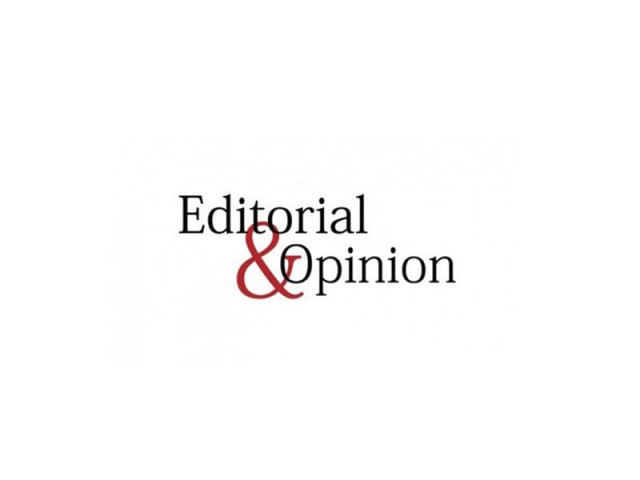
Affirmative action programmes, therefore, enjoy legitimacy to paradoxically create inequality with the long-term aim of creating equality of opportunity and rights for all. It is a kind of distributive justice that attempts to set the balance of society right. Such programmes are a regular feature of the constitution or law of many countries. In India, historical injustices against the Other Backward Castes (OBCs), the Scheduled Castes (SC) and the Scheduled Tribes (ST) were cited as reasons for the 1981 Mandal Commission. Implemented in 1991 by then prime minister VP Singh. The Commission recommended a reservation of 49 per cent jobs in total for the OBCs, ST and SC in government, nationalised banks, all universities and affiliated colleges, and all private-sector undertakings which have received financial assistance from the government in one form or another. The Constitution of Pakistan also grants the state the right to take affirmative action to ensure equal representation of the entire citizenry in the national economic and social life of the country, be they from any race, religion, caste or sex.
The desire to make competition fair and provide the greatest benefits to the least advantaged is what might grant the quota system, in recruitment policies of civil services of Pakistan, less of a sinister look. Many analysts have argued that significant discrepancies in the relative economic development of the different regions of Pakistan and the persistent perception that Punjabis dominate the political life of the Pakistani nation, in particular the civilian and military bureaucracy, provided the justification for the implementation of the regional or provincial quota system of recruitment to Pakistan’s civil bureaucracy.
If economic and social justice is the benchmark for initiating a quota system, what remains less clear is the rationale for keeping it limited to the civilian bureaucracy. Despite the fact that empirical evidence suggests that even in the late 1980s, over 95 per cent of the officers in the military belonged either to Punjab (60-65 per cent) or Khyber-Pakhtunkhwa (K-P) (approximately 30 per cent), there appears to be no effort to introduce a quota system of recruitment in the armed force of Pakistan. There is, however, a mention of lowering the bar for eligibility to the armed forces admission, for individuals applying from areas such as Balochistan and Fata, among others.
In case of the federal civil services, the quota system was once again extended by the federal cabinet in July 2013. It is naturally never politically easy to implement any such roll-backs. Therefore, even if the quota was effective in achieving its goal, there are very few chances of ever going back to a complete merit system.
It is interesting to note that merit-based recruitment in the federal civil service of Pakistan is a mere 7.5 per cent of total recruitment. This is in stark contrast to the Indian example, where the Supreme Court of India in 1991 ruled against any reservations in excess of 50 per cent. Of the 92.5 per cent quota in Pakistan, Punjab has been granted a quota of 50 per cent, while Balochistan gets a paltry six per cent — a situation which potentially is not in keeping with the spirit of affirmative action programmes.
From the 1980s, policy changes brought about have meant that the armed forces take 10 per cent of the positions. Although the discussion of armed forces induction requires a separate note, it might be worth mentioning that, on entry, despite being parachuted into service, completely bypassing the CSS exam, an armed forces inductee achieves seniority above that of a civil competitoner. Their induction is also concentrated in the police, PAS and foreign service, the rationale for which is unclear. While some of the best officers of the civil services of Pakistan might have been armed forces inductees, the real question here is whether the inequality created through a 10 per cent armed forces quota has the moral rationale of generating equality of opportunity or rights behind it? Is there a need for affirmative action or positive discrimination in favour of military personnel? Does this policy or for that matter, the 50 per cent quota of Punjab benefit the least advantaged members of society?
Historical evidence suggests that the affirmative action objectives are generally hard to achieve as individual incentives are sometimes distorted by it. Some have even argued that both in India and the US, the current economic and social quota systems perpetuate patterns of caste-based or race-based disparities in all spheres of life: education, occupation, income or consumption as well as health indicators.
Affirmative action programmes need to be periodically and institutionally reviewed thorough empirical investigation. This ought to be before the debate spills over into the political arena. The first step in this direction might be to expedite the census of Pakistan which was originally meant to be carried out by 2008. It might also be more appropriate to ensure that the six per cent from Balochistan be residents of the area for some years before being granted a Baloch domicile. Same goes for Fata, rural Sindh and certain areas of K-P. Although possibly harder to implement and one that might distort incentives to climb the social ladder, a case can be made for converting the current programme into an income-based programme. It would naturally raise the additional concern of ascertaining the income levels of households. Potentially, the database on poverty under the Benazir Income Support Programme or the Federal Bureau of Statistics can provide some logistical help.
In any case, timely empirical evidence and in-depth analysis ought to be the basis of any such programme. As it stands, the moral argument for affirmative action is hard to be resuscitated otherwise.
Published in The Express Tribune, February 19th, 2014.
Like Opinion & Editorial on Facebook, follow @ETOpEd on Twitter to receive all updates on all our daily pieces.














COMMENTS
Comments are moderated and generally will be posted if they are on-topic and not abusive.
For more information, please see our Comments FAQ